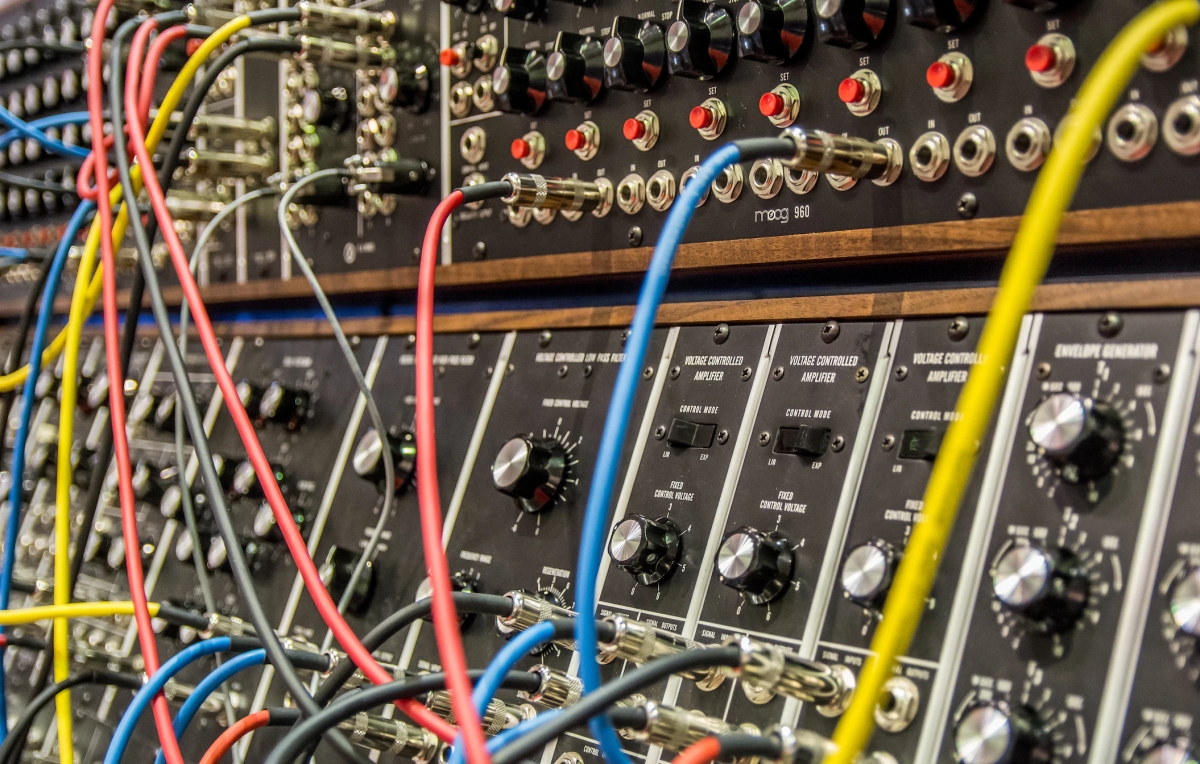An oscillator is a core component of a synthesizer that generates a repeating waveform, which is used as the building block for creating sound. A sine wave, square wave, sawtooth wave, triangle wave, or another type of waveform can be produced by an oscillator. An oscillator’s frequency, which is typically measured in hertz, determines the pitch of the waveform it produces (Hz).
Oscillators are a vital component of a synthesizer because they supply the unprocessed audio that other features, like filters, envelopes, and LFOs, use to shape and process the audio. Most synthesizers have multiple oscillators, which can be used to layer or modulate various waveforms to produce complex sounds.
Various parameters can also control a synthesizer’s oscillators, including waveform, tuning, detuning, pitch modulation, sync, and others. Different oscillators, including wavetable and sample-based oscillators and analog and digital oscillators, are also found in some synthesizers.
In conclusion, a synthesizer’s oscillator is a component that produces a repeating waveform, which is the basic building block for creating sound. Most synthesizers have multiple oscillators to build more complex sounds, and oscillators can have various parameters that let the user shape and modulate the sound.
Synthesizer Waveforms
Synthesizers use various types of waveforms to generate sound. Some of the most common waveforms used include:
- Sine wave: a smooth, pure tone with no harmonics.
- Square wave: has a distinct “on-off” sound with sharp edges, and has odd harmonics.
- Sawtooth wave: has a bright, brassy sound, with even and odd harmonics.
- Triangle wave: similar to a sawtooth wave, but with a softer attack and fewer harmonics.
- Pulse wave: similar to a square wave, but with a variable duty cycle (the width of the “on” state in relation to the total period of the waveform)
- Noise: random electrical signal, can be white, pink or other colors.
- Super Saw: a waveform that is a combination of multiple sawtooth waves detuned from each other.
- Feedback Oscillator: a waveform generated by sending the output of an oscillator back into its input, creating a complex and evolving sound.
- Sample-based waveforms: a recorded sample of a sound can be used as a waveform.
- Wavetable synthesis: a method where a synthesizer uses a table of pre-recorded waveforms to generate new sounds.
Synthesizers can also use combinations of these waveforms and modulate them to create more complex sounds.

